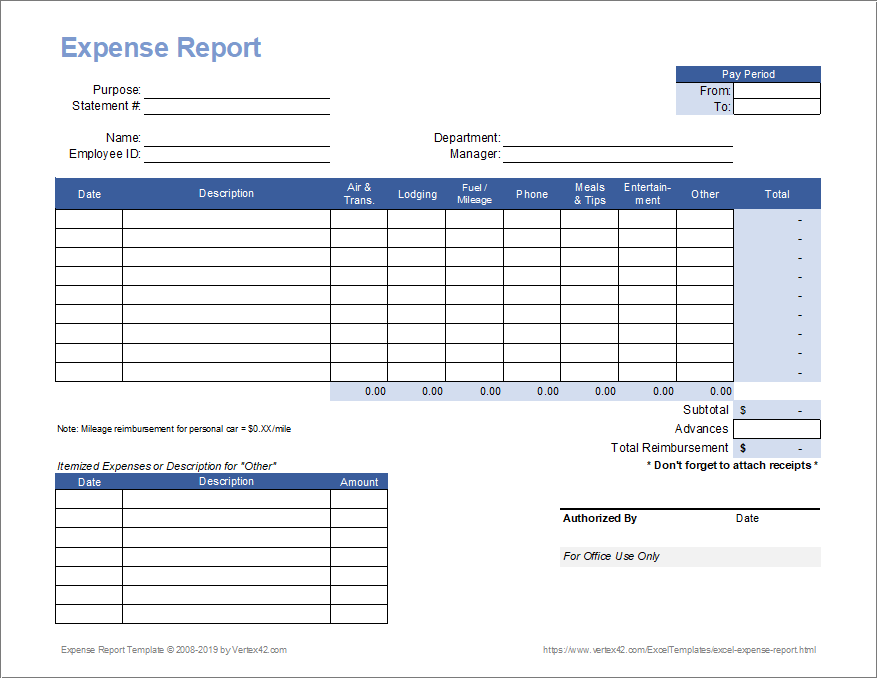Cash flow keeps small businesses alive and thriving in today’s competitive market. Most companies struggle with money problems because they don’t watch their daily cash movements. Setting up proper payment systems helps track money coming in and going out smoothly.
Smart business owners check their accounts every single day without fail. Creating clear payment periods makes it more comfortable for consumers to pay on time. Working with reliable suppliers who offer flexible payment options builds strong business relationships.
Watching expenses closely helps prevent unexpected cash shortages and business problems. Setting aside money for taxes and regular bills prevents last-minute financial stress.
Bad Credit Solutions
Taking out loans with bad credit can help bridge temporary cash flow gaps. Many lenders now offer special loan options for businesses with poor credit. These loans might have higher interest rates but provide quick access to needed funds.
Companies can rebuild their credit scores while using these loans for essential expenses. Working with understanding lenders makes managing monthly payments much easier for struggling businesses. The key is finding loan terms that match the business’s capability to refund.
Starting with smaller bad credit loans with no guarantor helps build trust with lenders over time. Making regular payments on these loans can actually improve business credit scores. Smart businesses use these loans carefully while working to strengthen their financial position.
Creating Your Cash Flow Map
Making a cash flow plan starts with adding up all the funds arriving into the business. Regular sales tracking helps figure out how much cash the business makes per month. Smart owners write down every single source of income to get the full picture.
Past business patterns show when money comes in and goes out regularly. Adding up daily sales helps catch any changes in customer spending habits quickly. Monthly reviews of income sources help spot which products or assistance make the most funds.
Bank statements and sales records work together to show the real money picture. Regular checks of income patterns help catch problems before they get too big. Writing everything down makes future planning much easier and more accurate.
Getting Paid Faster
Modern payment systems like Square or PayPal make paying easier for customers. Setting up automatic payment reminders keeps money flowing into the business account regularly. Clear payment terms on every invoice help avoid confusion and delays.
Early payment rewards encourage customers to pay their bills ahead of time. Simple discounts like 5% off for quick payments often speed up customer responses. Friendly payment reminders help maintain good customer relationships while getting paid faster.
Smart Spending Control
Looking closely at monthly bills often reveals places to save money quickly. Regular expense reviews show which costs help the business grow and which don’t.
Talking with suppliers about better prices creates win-win situations for everyone. Buying supplies in bulk frequently leads to better exchanges and lower overall expenses. Shopping around for services like insurance can uncover better rates quickly.
New tools and systems might cost less while doing the same job better. Regular cost comparisons help find better deals on regular business expenses. Making smart switches in how money gets spent helps the business stay strong.
Build a Cash Reserve
Like keeping a personal emergency fund, businesses also need backup money. Smart owners put away a little cash from each day’s sales into a special savings account. Most experts suggest saving at least 10% of what comes in until there’s enough for three months of bills.
Think of business savings like filling up a tank for a long road trip ahead. Daily deposits add more safety cushion for dealing with slow seasons or surprise repairs. The money sitting safely in savings brings peace of mind when unexpected bills show up.
Having extra money saved up means sleeping better at night during tough times. Businesses that save regularly can jump on good discounts when suppliers offer value. Plus, that saved-up cash means not using expensive credit cards when something breaks down.
Making Stock Work Smarter
Having too much stuff sitting on shelves is like throwing money away slowly. Checking what’s selling and what’s not helps order just the right amount of products. Simple phone apps can follow everything that arrives in and runs out each day.
Selling slower items at small discounts brings in cash that can buy fresh, popular stock. Keeping just enough stock makes the whole business run smoother and costs slightly.
Getting Past Credit Challenges
Bad credit happens to many business owners during tough times. Business loans for bad credit offer a chance to keep things running when banks say no. These bad credit loans with no guarantor can help bridge money gaps when regular banks turn you away.
Quick cash from these loans helps pay urgent bills or buy needed supplies. Many lenders now look at current business income instead of just credit scores. This means businesses making money can still get help despite past credit problems.
Making Smart Borrowing Choices
Different loan types fit different business needs during hard times. Short-term loans help with quick fixes like repairs or emergency stock purchases. Longer loans work better for bigger changes that need more time to pay back.
Some lenders offer cash advances based on daily sales numbers. Payment terms can match business cash flow patterns for easier repayment. Regular, on-time payments on these loans actually help rebuild credit scores.
Building Better Credit
Using loans wisely helps create a stronger credit picture over time. Making every payment on schedule shows other lenders the business is reliable. Better credit scores lead to better loan options in the future.
Starting with smaller loans builds trust with lenders step by step. A good payment history makes getting bigger loans easier down the road. Many businesses use these stepping stones to rebuild their credit strength.
Conclusion
Regular price reviews ensure the business makes enough money to stay healthy. Small changes in pricing can make a big difference in monthly cash flow. Good accounting software helps track all money movements without missing important details. Having emergency savings helps businesses handle unexpected costs without major disruptions. Building strong relationships with suppliers often leads to better payment terms. Setting up automatic bill payments prevents missed deadlines and late fees.
















Leave a Reply